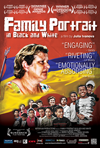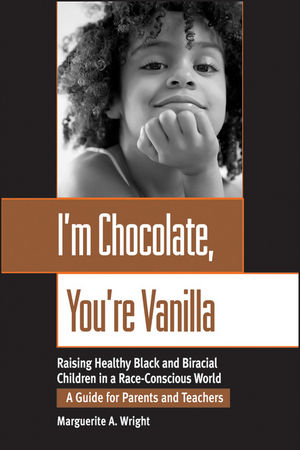Multiple Voices: Racial and Ethnic Socialization Within Interracial Asian and White FamiliesPosted in Asian Diaspora, Dissertations, Family/Parenting, Identity Development/Psychology, Media Archive, United States on 2012-12-03 19:33Z by Steven |
Multiple Voices: Racial and Ethnic Socialization Within Interracial Asian and White Families
Alliant International University, San Francisco
2012
138 pages
Publication Number: AAT 3517943
ISBN: 9781267486448
Sarah Kasuga-Jenks
Presented to the Faculty of The California School of Professional Psychology San Francisco Campus Alliant International University In Partial Fulfillment of the Requirements of the Degree of Doctor of Philosophy in Clinical Psychology
The current study focuses on racial and ethnic socialization in Asian and White interracial families. A qualitative study was conducted to examine ways in which parents communicate issues of race and ethnicity to their children. Narrative inquiry was utilized to access the lived experiences of members of interracial families. First, parents were interviewed; then, the entire family was interviewed together and finally, the entire family had the opportunity to review transcripts and results. Family stories were the main unit of analysis; family stories from the parent interview were examined in addition to family stories from the family interview. The guiding research questions included: How do individuals within interracial Asian and White families communicate with each other (e.g., do they use verbal or non-verbal styles and are they more proactive or reactive)? How do parents communicate issues of race and ethnicity (e.g., racial and ethnic identity, participation in cultural events, cultural values, discrimination, etc.) to their children?
Four themes emerged from the interviews: cultural practices, effects of interpersonal relationships, experiences of discrimination, and negotiating identity. Parents utilized a range of techniques, verbal and non-verbal, to communicate issues related to race and ethnicity. Responses varied in terms of which parent culture was emphasized and by whom. Many families did not report actively “socializing” their children about race and ethnicity, but incorporated cultural lessons into daily life as a way of communicating their cultural heritage to their children. Significant differences in terms of communication with children about race and ethnicity based on generational status of parents were not found.
Implications of this study include a better understanding of an understudied population, as well as potentially shaping the way in which socialization is understood in less traditional families (e.g., interracial families). Results from this study help to inform future research focused on interracial families, and specific recommendations for future work are made. Clinically, the results from this study provide practitioners with more information about interracial families to help guide interventions. The current study also contributes to theory on ethnic and racial socialization in interracial families as both parents and children were interviewed.
Purchase the dissertation here.

